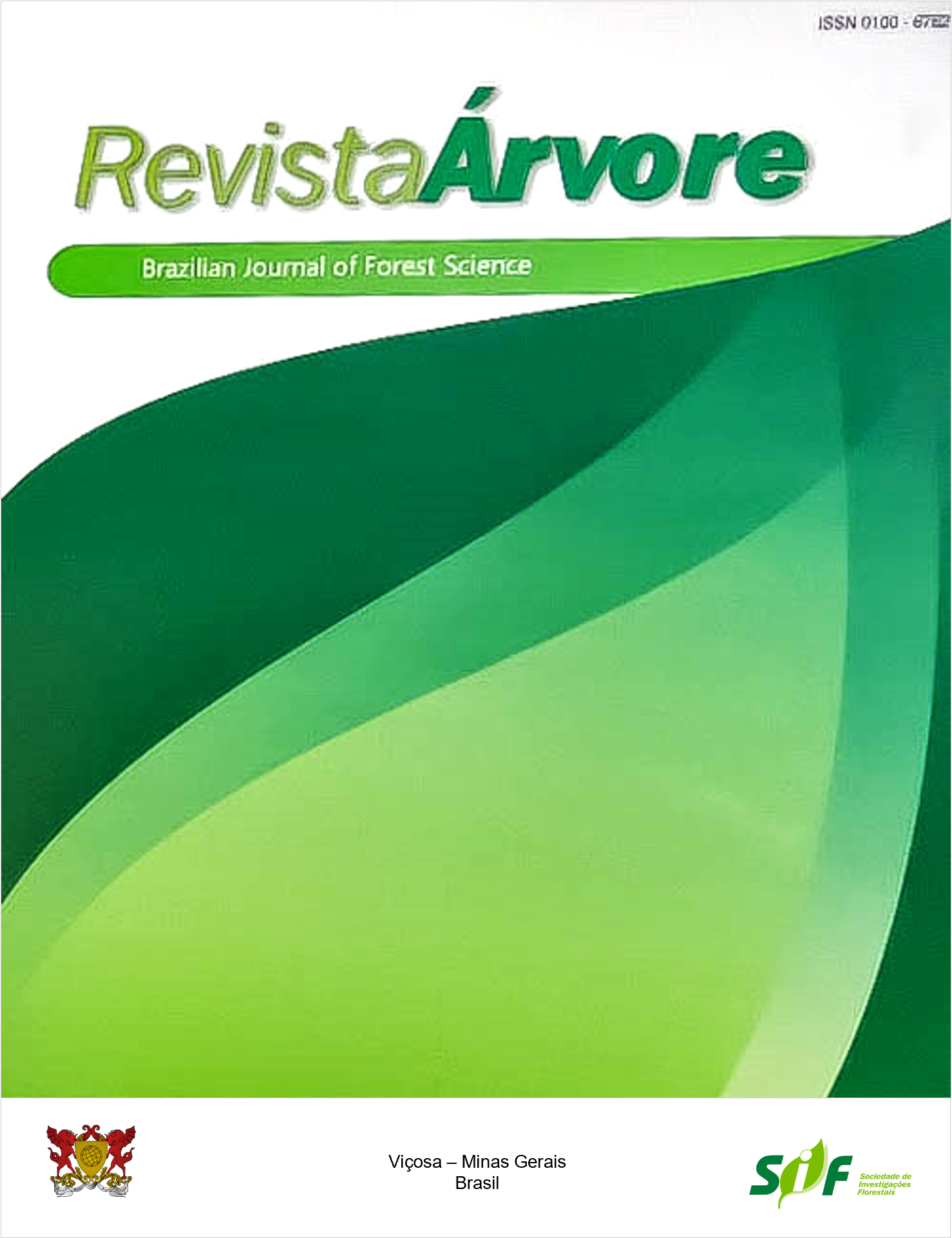ESPÉCIES ARBÓREAS DE FLORESTAS ALUVIAIS DA MATA ATLÂNTICA E PAMPA NO CONTEXTO DE MUDANÇA CLIMÁTICA
Palavras-chave:
Nicho climático, Modelagem, Refúgio climáticoResumo
Embora as espécies estejam continuamente expostas a variações do clima ao longo do tempo, há uma preocupação crescente em relação ao ritmo acelerado de mudança climática a que estão expostas atualmente, pois o clima é determinante na distribuição geográfica de animais e plantas. O presente trabalho avaliou o nicho climático e o impacto da mudança climática para o período de 2061-2080 sobre as áreas de ocorrência geográfica das espécies indicadoras dos agrupamentos de florestas aluviais da porção centro-sul da Mata Atlântica e do Pampa brasileiro. Foram consideradas 19 variáveis climáticas para o clima contemporâneo e futuro. Os nichos climáticos das espécies foram modelados por meio do algoritmo Maxent. A adequabilidade das espécies do grupo Paraná-Uruguai foi influenciada fortemente por variáveis relacionadas à temperatura, enquanto a adequabilidade das espécies do grupo Atlântico relacionou-se com precipitação e temperatura. Estima-se redução na área de adequabilidade climática para a maioria das espécies consideradas, com comportamento semelhante para os dois grupos abordados. As espécies tenderão a ocupar uma posição mais austral, utilizando as áreas de maior altitude, latitude e próximas ao litoral do Brasil como refúgios climáticos, destacando essas áreas como estratégicas para a conservação.
Palavras-Chave: Nicho climático; Modelagem; Refúgio climático
Downloads
Publicado
Como Citar
Edição
Seção
Licença
Copyright (c) 2022 Revista Árvore

Este trabalho está licenciado sob uma licença Creative Commons Attribution 4.0 International License.
Todos os autores concordaram com a submissão do trabalho à Revista Árvore e concederam a licença exclusiva para publicação do artigo. Os autores afirmam que se trata de um trabalho original, e que não foi publicado anteriormente em outros meios. O conteúdo científico e as opiniões expressas no artigo são de responsabilidade total dos autores e refletem sua opinião, não representando, necessariamente, as opiniões do corpo editorial da Revista Árvore ou da Sociedade de Investigações Florestais (SIF).




